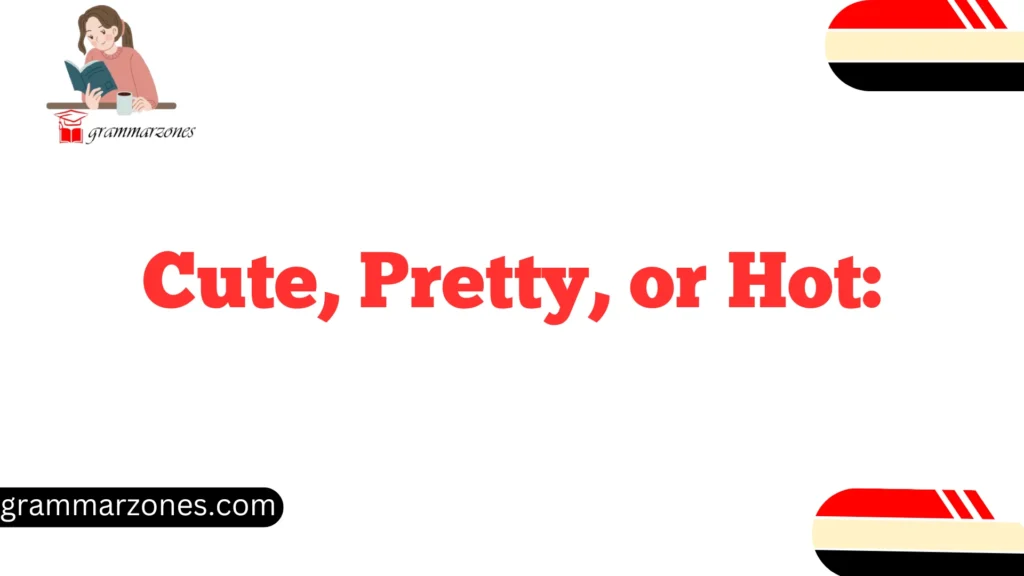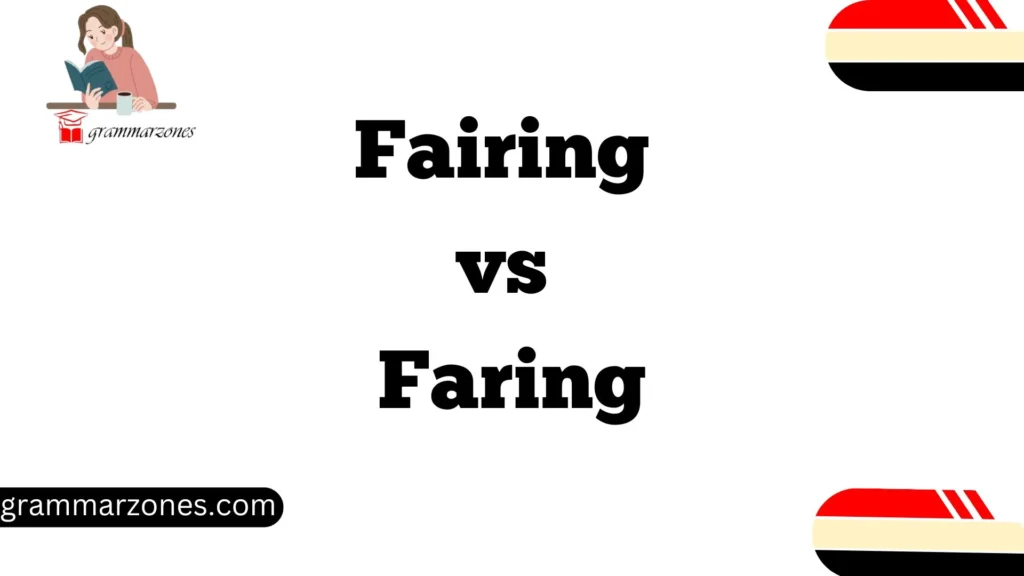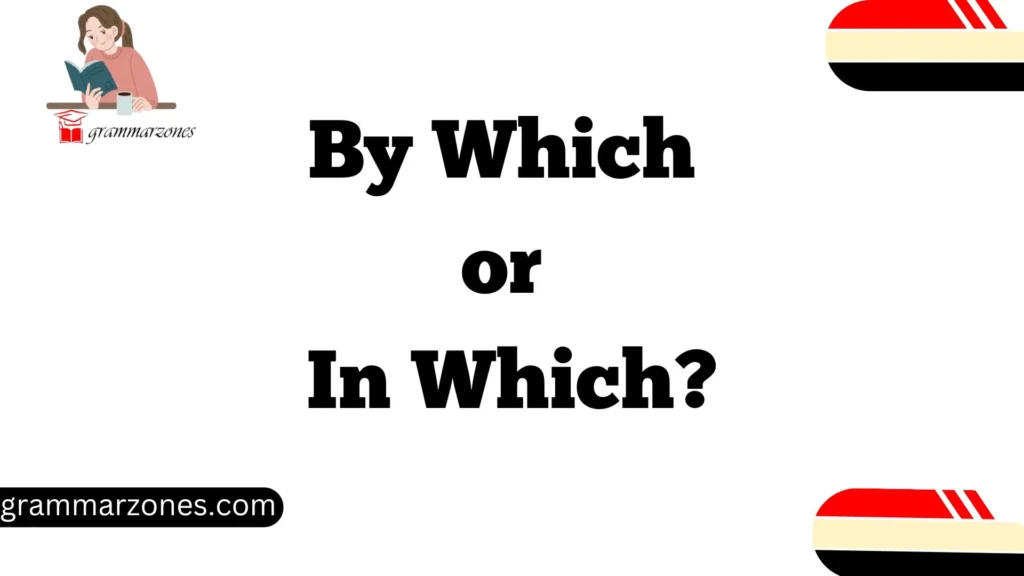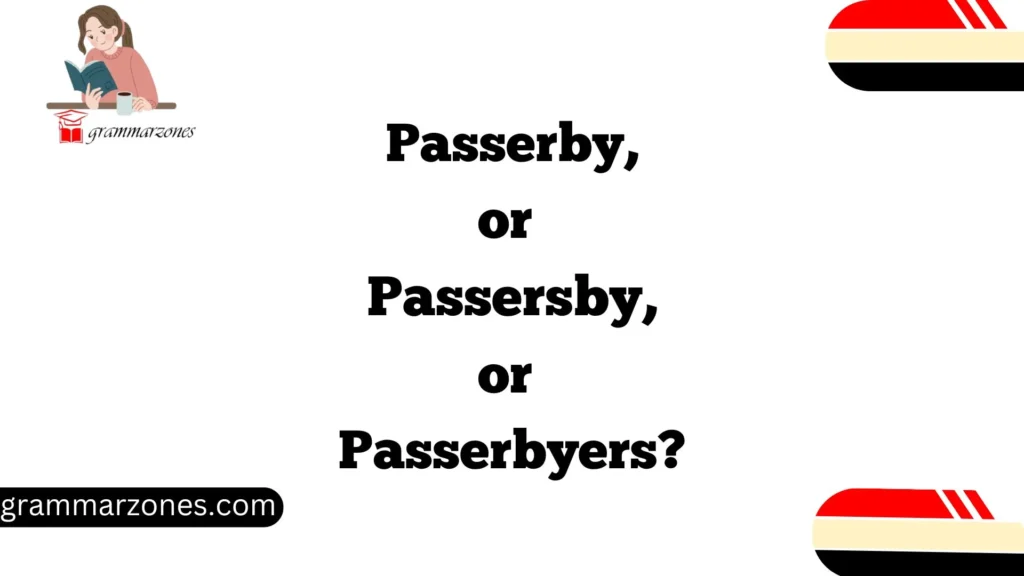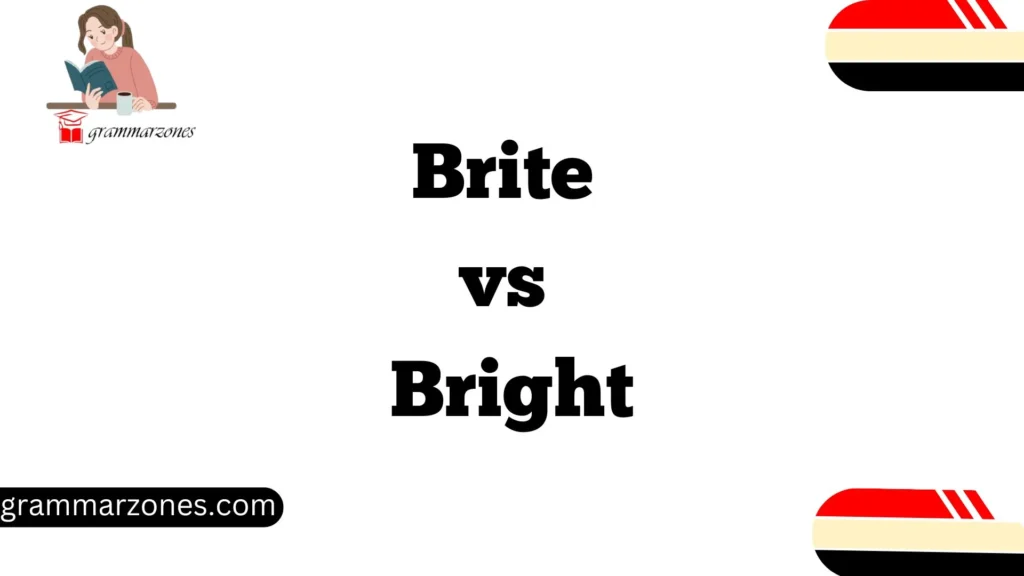When it comes to describing someone’s appearance, we often use words like cute, pretty, or hot. These descriptors are all aimed at capturing different aspects of beauty, but what do they really mean? Are they interchangeable? How do we perceive these terms, and why do we use them in the way we do?
This blog post dives deep into the distinctions between “cute,” “pretty,” and “hot.” We’ll explore the psychological, cultural, and social factors that shape our understanding of these terms. By the end, you’ll have a clear understanding of what makes someone cute, pretty, or hot, along with real-world examples, case studies, and a deeper look into how society influences these perceptions.
Defining the Terms: Cute, Pretty, and Hot
The first step to understanding these terms is knowing what they mean in the context of beauty. Let’s break them down:
Cute
The term “cute” often evokes images of innocence, youth, and approachability. People who are described as cute tend to have features that remind us of babies or animals, like round faces, big eyes, and soft features. Cuteness is associated with qualities that make someone seem harmless and endearing.
Key characteristics of “cute”:
- Youthful appearance: Rounded features and softer, less angular facial structures.
- Adorable behaviors: People described as cute often have bubbly, cheerful personalities that add to the charm.
- Innocence: There’s an element of purity or simplicity, which is part of why we find certain traits “cute.”
Pretty
Pretty is a term that’s often used to describe someone with symmetrical and aesthetically pleasing features. However, it’s not necessarily about striking or dramatic beauty. Prettiness is more about elegance and grace.
Key characteristics of “pretty”:
- Symmetry: A face or body that looks balanced and harmonious.
- Refinement: Subtle beauty that might not be bold, but is still highly attractive.
- Soft and gentle features: Often associated with delicate or fine bone structures.
Hot
Being described as hot is typically a reflection of sex appeal. It’s a more intense, often bold, and assertive version of attraction. Hotness is not just about physical appearance but also about how someone carries themselves—often with confidence.
Key characteristics of “hot”:
- Sexual appeal: Features that are considered attractive in a more provocative, sensual way.
- Confidence: Body language and self-assuredness play a major role.
- Boldness: Striking or standout features that catch attention.
The Role of Facial Features in Perceptions of Attractiveness
The Science of Symmetry
Facial symmetry is a significant factor in how we perceive attractiveness. Research suggests that symmetry is a signal of genetic health, and people with symmetrical faces are often considered more attractive. Symmetry is central to both “pretty” and “hot” descriptors, though it’s more prominent in the “pretty” category. People who are described as “pretty” often have symmetrical features that follow societal standards of beauty.
Why symmetry matters:
- Evolutionary advantage: Symmetry often signals genetic fitness and health, which may make individuals more desirable as potential mates.
- Cultural significance: Many cultures associate symmetry with beauty, making it a universally appealing feature.
However, “cute” faces may not always be symmetrical. Think of puppies or baby animals—they may have disproportionately large eyes, round cheeks, and soft features, which contribute to their cuteness. Symmetry can play a role, but it’s not the only factor.
The Psychology of Attraction to ‘Cute’ Characteristics
Evolutionary Roots of Cuteness
Psychologists suggest that our attraction to cute features is tied to evolutionary survival mechanisms. Babies, with their large eyes, soft skin, and chubby cheeks, trigger nurturing responses from adults. These physical traits elicit a desire to protect and care for them. The same logic applies when we call someone “cute”—we may subconsciously associate their features with innocence and vulnerability, which makes us more likely to respond in a nurturing, affectionate way.
How cuteness affects us:
- Increases oxytocin: Seeing cute features can trigger the release of oxytocin, often called the “love hormone,” which makes us feel more connected and affectionate.
- Emotional bond: Cute characteristics tend to foster emotional closeness and bonding.
Pretty: The Subtle Art of Classic Beauty
While “cute” may trigger nurturing instincts, “pretty” often speaks to a more timeless and refined sense of beauty. Prettiness is less about extremes and more about balance and harmony.
Cultural Variations in Pretty
Beauty standards vary significantly across cultures. For example, in Western cultures, symmetrical faces with clear skin and balanced features are often described as pretty. In contrast, other cultures may prioritize different traits. For example, in some Asian cultures, pale skin, larger eyes, and a small face are considered markers of prettiness.
The Role of Makeup and Styling
Makeup and grooming techniques can enhance or accentuate prettiness. For example, makeup can emphasize symmetry by highlighting facial features or creating a smoother complexion, both of which are important in being labeled as pretty.
Confidence and Body Language in ‘Hotness’
When someone is described as “hot,” the focus often shifts away from just physical features to include confidence and charisma. People who are considered hot tend to own their presence and display a boldness that attracts attention.
Key Elements of Hotness:
- Bold body language: Strong posture, confident gestures, and deliberate movements.
- Eye contact: Hot individuals often make eye contact in a way that suggests self-assurance and dominance.
- Confidence: Whether it’s in how they walk, talk, or carry themselves, confident individuals often radiate an aura of desirability.
Think of celebrities like Beyoncé or Tom Hardy—their confidence and strong body language amplify their physical appeal, making them appear undeniably “hot.”
Cultural and Fashion Trends in Shaping Perceptions
The terms cute, pretty, and hot are not static—they evolve with societal trends and fashion. Trends in the beauty industry, media representation, and popular culture all influence how we define these categories of beauty.
The Influence of Pop Culture
In the 90s, supermodels like Cindy Crawford were epitomized as “pretty” because of their symmetrical faces and graceful beauty. Today, social media influencers with a bold and edgy style might be considered more “hot” due to their confident expressions and ability to stand out.
Fashion Trends and Beauty Ideals
Fashion also plays a key role. High fashion models often embody “pretty,” with polished, symmetrical looks. On the other hand, influencers or models from the street style movement often display bold features and confidence that align with the “hot” descriptor.
Social Perception and Flattering Descriptors
The way we use these terms in social interactions also speaks volumes about how beauty is viewed. A term like “cute” can imply warmth or approachability, while “hot” often carries a sense of sexual appeal or attraction. However, social media has dramatically influenced these perceptions.
The Impact of Social Media
On platforms like Instagram, TikTok, and YouTube, the line between cute, pretty, and hot is often blurred. People who gain popularity for their aesthetic may be described using all three terms, depending on how they present themselves. For example, Zendaya is frequently called “pretty” due to her symmetrical features, while Kendall Jenner may be described as “hot” because of her commanding presence and tall, slender figure.
Personality Traits in the ‘Cute vs. Hot’ Debate
While physical traits matter, personality plays a huge role in how someone is perceived as cute, pretty, or hot.
The Role of Charm in Cuteness
Cuteness is often linked to charm and innocence. Think of the quirky personality traits that make someone seem approachable and lovable. Humor and playfulness often contribute to a cute personality.
Charisma and Confidence in Hotness
When we describe someone as “hot,” their charisma and confidence are key. People who own their persona with boldness and elegance often radiate a magnetism that makes them attractive.
The Interplay of Individual Preferences
Ultimately, what makes someone cute, pretty, or hot varies from person to person. Attraction is deeply personal, and what one person finds cute, another might find pretty or hot. It’s all about personal preferences, and cultural context plays a major role in shaping those preferences.
Conclusion
In the end, the terms cute, pretty, and hot are not just labels—they reflect different aspects of attraction. Whether it’s the youthful charm of cuteness, the subtle elegance of prettiness, or the bold confidence of hotness, these descriptors capture how we perceive and appreciate beauty in all its forms.
FAQs
What is the difference between cute and pretty?
Cute refers to a sense of innocence and youthfulness, while pretty is often used to describe symmetrical, elegant beauty that is more subtle and refined.
Can someone be both cute and hot?
Yes! People can embody different aspects of these traits depending on their personality, appearance, and how they carry themselves. For example, someone might be described as cute for their playful demeanor but also hot for their confident body language.
How does culture affect the perception of beauty?
Cultural ideals of beauty vary, and what is considered cute, pretty, or hot can differ across countries and communities. For instance, Western beauty standards might prioritize symmetry, while Asian beauty standards might emphasize pale skin and large eyes.

Grace Marie is the passionate mind behind GrammarZones.com, dedicated to helping writers, students, and professionals master the art of grammar and effective communication. With years of experience in language studies and a deep love for writing, Grace simplifies complex grammar rules, making learning engaging and accessible.
